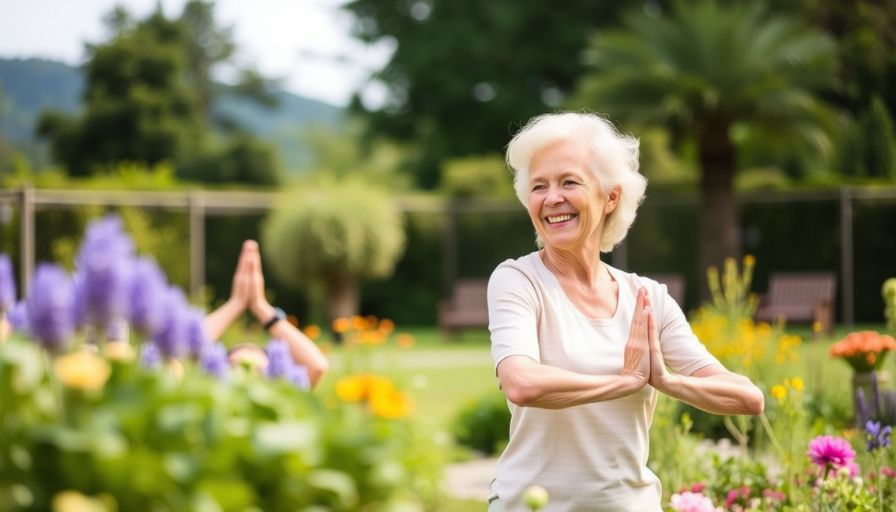Retirement isn’t just a question of having sufficient funds to retire. It’s about remaining in your energy game, remaining sharp in the head, and living your best life with intent and intention. Wellness is the new platform of intelligent retirement planning today. That’s placing your physical health, emotional well-being, social connection, and mental toughness on the same level as your economic security. Retirement needs to be a whole life where you can flourish, not just scrape by.
Make Mental Health and Daily Movement a Priority
Your mind and body are connected, so daily movement like walking in the forest or stretching in sunshine, can greatly improve body and mind. Look for wellness-driven retirement options that are located in walkable neighborhoods near a park or with internal walking trails for daily movement. A place that will stimulate a walk will get your body moving and your mind active. You can acquire inner calmness by choosing quiet spaces with fresh air and lots of natural greenery.
Opt for Spaces That Support Real Community
Isolation takes a serious toll on both mental and physical health, especially on older adults. Retirement communities must offer more than superficial socializing. Look for spaces with good social infrastructure—clubs, workshops, activities that bond various generations, community kitchens, or shared projects. Social health thrives when people are given time to connect deeply and regularly. Avoid shallow social calendars.
Look for Substantial Food and Wellness Options
Wellness and nutrition must be part of the culture, not an afterthought. Seek communities that offer whole, fresh foods, ideally with farm connections or on-site gardening. And a bonus if there are in-house nutritionists or wellness coaches. Group fitness, meditation, therapy, and preventive care should be standard, not specialty services.
Focus on Flexible Tech and Smart Design
Technology can assist, but only as long as it enhances independence and well-being as opposed to replacing the human bond. Smart homes, virtual check-ins and telehealth tools are valuable in improving wellness as long as they’re simple, optional and easy to use. Pair them with thoughtful design features like non-toxic materials, quiet ventilation, natural lighting and layouts that support aging without feeling sterile. Together, good design and technology should create comfort and ease, not add complexity or stress.
Financial Models Should Support Wellness
Retirement plans should support your well-being without adding financial stress. Choose wellness-driven retirement facility that offers clear, inclusive pricing and cover preventive care, mental health support and fitness programs as part of the standard package. The goal is to make wellness accessible, not a luxury. A good plan lets you focus on your health, not on calculating extra fees.
Always Try Before You Commit
If a community doesn’t offer trial stays, that’s a red flag. Spend time there. Eat the food, talk to the residents, and observe the energy. You’ll get a better sense of the culture in two days than from two brochures. Don’t ignore your instincts—they’re probably right. Watch how staff interact with people when no one’s watching. Pay attention to how residents speak about their lives—are they thriving or just passing time? These small signals reveal more than any sales pitch ever will.
Conclusion
Wellness in retirement isn’t a passing trend, it’s the new foundation for aging well. The best retirement choices support every part of your well-being—physical, mental, emotional and social. Outdated models that only offer safety and routine aren’t enough. You need environments that prioritize vitality, purpose and real quality of life.
